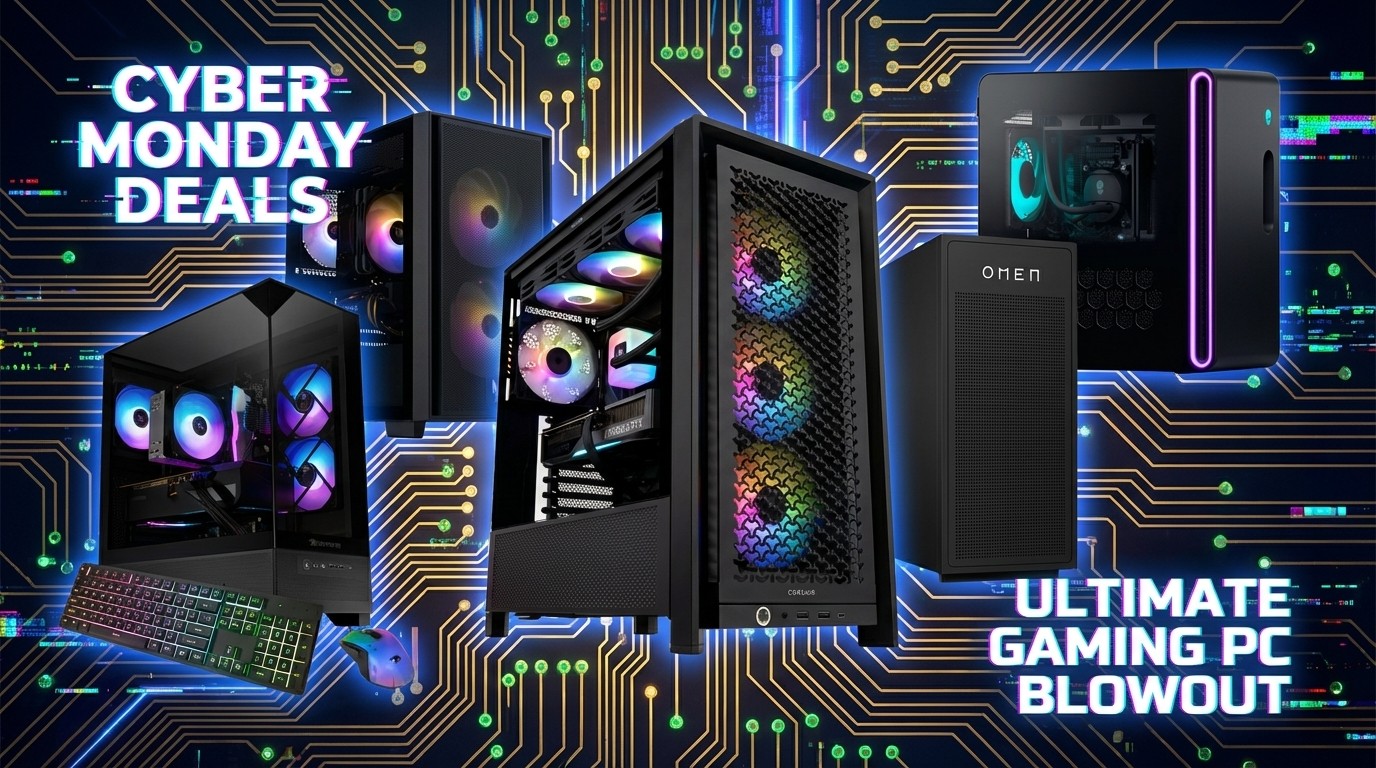Google launches $1300 Chromebook Pixel. Does it stack up against the Surface Pro?
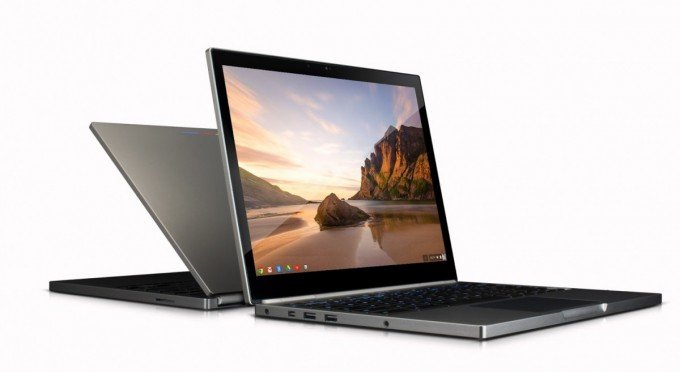
Google, like Microsoft, is a company in transition. This can be evidenced today by their entering into the “high end” Ultrabook market with their new Chromebook Pixel. It’s an odd move not because the hardware is not nice (it is) but the pricing: $1299 (32GB) $1449 (LTE, 64GB).
For a company that prides itself on 'free' it’s a different approach from the previous Chromebook strategy of low-cost devices.. To quote iMore’s Rene Ritchie “When did Google become Apple?”.
The other question is how does it stack up against Microsoft’s Surface Pro? We’ll take a look to see how things stand and if Google is making the right move here.
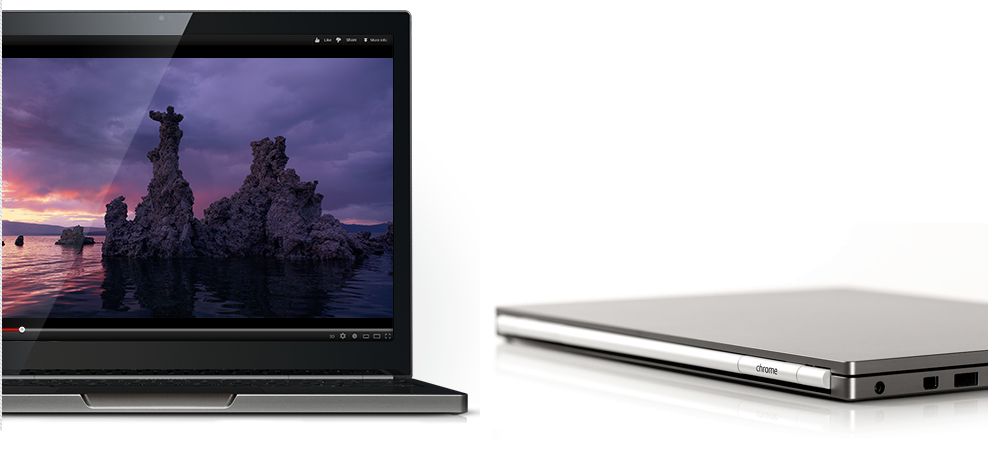
The Chromebook Pixel on paper is impressive. The name is derived from the device’s main selling point: resolution. It sports a crazy 12.85" display with a 3:2 aspect ratio at an astonishing 2560 x 1700 (239 PPI). We just started to get used to our 1920x1080P 13.3” display on our Acer S7. There’s little doubt in our mind that the Chromebook Pixel will look quite amazing for watching movies or viewing photos.
The problem though is the operating system. It runs Chrome OS, which for those of you unfamiliar is Google’s “web application based” OS. It’s not Android and it’s certainly not Windows, which makes it an odd sell. You can’t run Photoshop on it or any standard applications that most folks are used to, instead you are locked to Google’s web apps: Gmail, YouTube, Google+, Hangouts, Play, Drive, etc.
For those who are completely enveloped in Google’s services and don’t mind limited off-line support, it could be an ideal sell.
Chromebook Pixel Specifications
- 12.85-inch, 400 nit display at 2560 x 1700 resolution (239 PPI)
- Gorilla Glass multi-touch screen
- 32 GB storage
- Backlit Chrome keyboard
- HD Webcam
- 2 x USB 2.0 ports
- Mini display port
- 2-in-1 card reader supporting: SD, MMC
- Intel Core i5 Processor (Dual Core 1.8GHz)
- Intel HD Graphics 4000
- 4 GB DDR3 RAM
- 59 Wh battery
For all intents and purposes, this is just a standard Intel Ultrabook with a higher resolution display and less memory. Same i5 processor, same weight (3.35 lbs), 4GB of RAM, HD Graphics 4000. They do step down on storage (32GB or 64GB) whereas a Windows 8 device will come with 128GB or 256GB of storage on board. The also only opt for 2x USB 2.0 whereas at least one USB 3.0 port is common these days, if not two. (Because of the spec similarities, we may give a bounty to the first person who throws Windows 8 on a Chromebook Pixel.)
All the latest news, reviews, and guides for Windows and Xbox diehards.
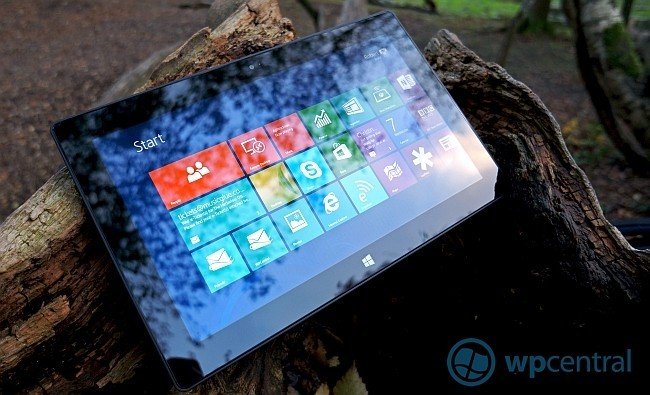
Surface Pro specs
- 10.6" ClearType Full HD Display, 1920x1080 pixels, 16:9 (widescreen)
- 10-point multi-touch
- 3rd Gen Intel Core i5 Processor with Intel HD Graphics 4000
- 4GB RAM—Dual Channel Memory
- Wi-Fi (802.11a/b/g/n)
- Bluetooth 4.0 Low Energy technology
- Battery 42 W-h
- Two 720p HD LifeCams, front- and rear-facing with True Color
- Full-size USB 3.0
- microSDXC card slot
- Headset jack
- Mini DisplayPort
But it’s that price thing that keeps getting in the way:
- Chromebook Pixel: $1299 (32GB) or $1449 (64GB + 4G)
- Surface Pro: $899 (64GB) or $999 (128GB) + $120 for keyboard
- Lenovo Yoga: $999 (128GB), Windows 8 (convertible laptop/tablet)
- Acer S7: $1299 (128GB), Windows 8, 1920x1080P display
Of course not one of those Windows 8 devices has such a high resolution display but then again, they do run a full desktop OS that can be used offline with no limitations. And for all the bad press the Surface Pro’s battery gets, the Chromebook Pixel is rated “up to 5 hours” which we understand as PR speak for “a lot less in the real world”. In other words, that high resolution, 400 nit display comes at a cost: battery life.
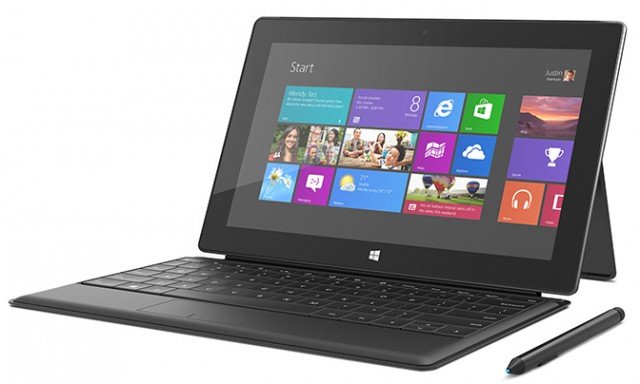
We get the fact that not everyone like Microsoft (Surface) or wants Windows 8 but considering you could literally buy a solid Ultrabook and load up Chrome OS yourself, we’re not sure what the real advantage of the Chromebook Pixel. While photos and media will look stunning on such a display, with such a short battery life and the inability to run desktop class apps, it just seems very limited.
And limited is fine. That’s why we have the Surface RT ($499). But despite people calling that price too high, it’s at least in the ballpark of being reasonable (at least by comparison).
In short, this one is a bit of a head scratcher. It’s certainly exciting to see what looks to be solid, quality hardware coming to the Ultrabook market and we can’t blame Google for trying their hand at hardware (they’re even rumored to be opening “stores” in 2013). At least they throw in 1TB of cloud storage (for 3 years), which is a nice gesture.
We just can’t help but think this makes the Surface Pro look like a much better deal now (and we're doubtful if that was Google's intention).
Source: Google, Google Play; via Android Central

Daniel Rubino is the Editor-in-chief of Windows Central. He is also the head reviewer, podcast co-host, and analyst. He has been covering Microsoft since 2007 when this site was called WMExperts (and later Windows Phone Central). His interests include Windows, laptops, next-gen computing, and wearable tech. He has reviewed laptops for over 10 years and is particularly fond of 2-in-1 convertibles, Arm64 processors, new form factors, and thin-and-light PCs. Before all this tech stuff, he worked on a Ph.D. in linguistics, performed polysomnographs in NYC, and was a motion-picture operator for 17 years.
